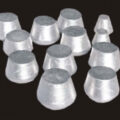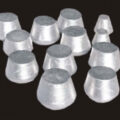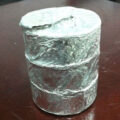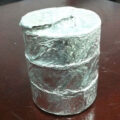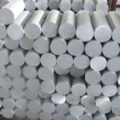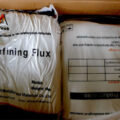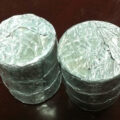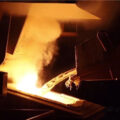Aluminum-silicon alloy is widely used in the production of casting products for aircraft parts, pistons and valve sleeves, and other internal combustion engine parts. In order to obtain suitable (high-quality) casting products, it is necessary to add a structural refinery to the casting. The alloy is melted to induce the formation of relatively small silicon crystals during the solidification process. Compared with the case where no structure refiner is used, the cast product thus obtained shows increased mechanical properties, such as ductility, strength, etc. Aluminum strontium master alloy is suitable for use as structure refiner during the solidification of molten aluminum-silicon alloys.
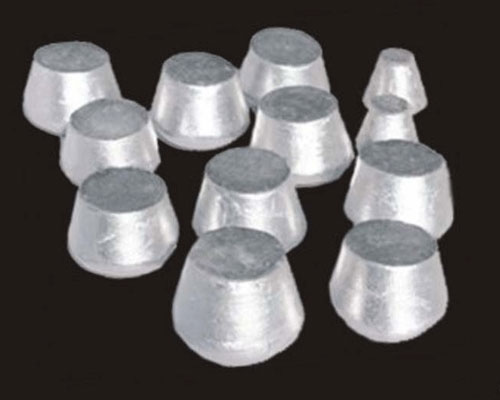
Sodium has been used as the above-mentioned aluminum-silicon alloys, especially as structural refining agents for eutectic or sub-eutectic aluminum-silicon alloys, that is, alloys with a silicon content of up to about 12% by weight. Nowadays, people use strontium instead of sodium because it has a better structure refinement effect than sodium, is more economical (compared with sodium, has limited burning loss), and is less dangerous.
In the solidification process of the hypoeutectic aluminum-silicon alloy, primary aluminum crystals are first formed until the eutectic composition is obtained, and then aluminum crystals and silicon crystals are formed simultaneously. When no structure refiner is used, silicon crystals show a needle-like form and are quite large. When structure refiners are used, these silicon crystals are relatively small and exhibit fibrous characteristics, resulting in the above-mentioned improved properties.
When dissolving the aluminum strontium master alloy, small particles of aluminum-strontium intermetallic compound (Al4 Sr) are released, and the aluminum-strontium intermetallic compound (Al4 Sr) then dissolves and thus forms strontium in the solution. The strontium during solidification greatly increases the number of silicon crystals, resulting in a large number of small crystals instead of a few large crystals.
Strontium alloy can be added to the aluminum-silicon melt in the form of pure metal or intermediate alloy. Since the addition of metal strontium is very troublesome, strontium is mainly added in the form of a master alloy.

